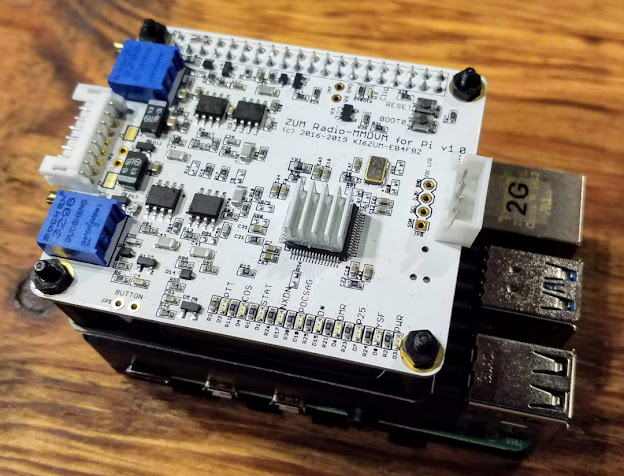Back in October, 2019 I started planning a way to get the Barker & Williamson BWD-90 folded dipole up and running. Well, now it's up and here's how I did it.
Materials
350 feet of good 3/16" cord
Three (3) stainless steel pulleys (only 2 if your tower standoff arm already has pulleys)
Three (3) weights of the same weight (I cut solid metal bars to 5 pounds each)
Tools
A good throw line with launcher
A cutter for the cord
A lighter to melt the cord ends
How To
With a throw line, pull the two pulley cords (the red lines in the drawing) up and over the two support branches. Temporarily, leave the end with the pulley within reach from the ground.
Attach a cord to each end of the dipole antenna.
Pass the antenna cords through the pulleys, leaving a generous length of cord on each end to accommodate for it's final horizontal length and vertical height.
Temporarily attach a weight to each of these antenna cord ends.
If you are using a center support cord, attach a cord to an insulated center part of the antenna. Take the other end and run it through the center pulley. Tie a knot so it can't fall out of the pulley.
Pull the pulley cords, lifting the pulleys to full height. Leave about 18 inches of cord between the pulley and the support branch. While lifting the pulleys, the antenna cords should be moving through the pulleys and start raising the antenna.
When the pulleys are up in final position, cut the pulley cords just above ground height. Tie a loop and attach the loop to the base of the tree with a screw eye.
Pull the center antenna cord up to bring the antenna center into final position. Just above ground level, cut the cord and attach a weight. Temporarily secure this line to the tower to maintain the center positioning.
Pull the end cords to bring the antenna ends into final position. Just above ground level, cut the cords and attach the weights. The weights must be free to move, unrestricted, up to the pulleys.
Remove the device temporarily securing the center cord and weight. All three weights should now be just above ground level and free to move up as needed.
From time to time you may need to lower the antenna, so keep a length of cord to attach on the pulley lines for lowering.
With this system, there is no extra cord laying on the ground to get caught in the lawn mower!
Enjoy your free-floating, suspended wire antenna without worry every time a storm blows!







